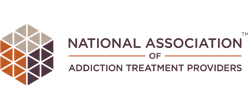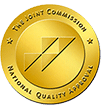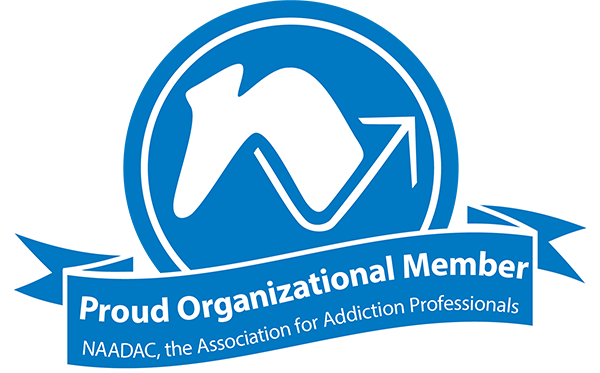Everyday stress is harmful for everyone, but it can have an especially strong impact on people in recovery from drug abuse.
Various treatments have been developed to help people cope with the stress of changes caused by stopping use of alcohol or drugs. Ancient traditions also provide helpful ways to deal with stress.
Tai chi is actually a type of martial art from China that has been nicknamed “meditation in motion.” It has served many uses in Chinese traditional medicine.
What Is Tai Chi?
Tai chi combines breathing, fluid movements, and meditation. In Chinese medicine, tai chi is said to jumpstart a person’s output of energy. An increase in one’s flow of energy is believed to improve both physical and mental health.
Whereas most exercise regimes focus primarily on physical movement, tai chi is a combination of physical and mental work. The goal is harmony of the mind, body, and spirit, resulting in an exercise practice that tunes the entire person.
Harvard Medical School explains that tai chi relies on these core beliefs:
- Chi or qi: This is the energy force believed to course in the body. Practicing tai chi is thought to direct the flow of this vital energy.
- Yin and yang: These are elements that oppose each other but need to be balanced. Tai chi encourages equilibrium of these elements.
There are different forms of tai chi, but all focus on flowing movements that promote inner and outer strength. Consistent practice is believed to generate internal energy, which then flows outward to the body via physical movements.
Tai chi is believed to enhance:
- Strength
- Balance
- Flexibility
- Posture
- Immunity
- Heart health
- Mood
While there are not definitive statistics on the number of people who practice tai chi, a 2017 National Health Interview Survey reports that up to 8 percent of Americans practice meditation, including tai chi.
Since tai chi is generally practiced in a class setting, it also helps to build a sense of community amongst practitioners.
What Are the Benefits?
Studies show tai chi has many benefits, such as:
- Restful sleep. Tai chi has been shown to improve sleep cycles in adults who practice it twice per week.
- Improved muscle recovery. One study showed that practicing tai chi can improve muscle recovery times after about 12 weeks of practice.
- Better motor function. Harvard Medical School reports that tai chi is effective in improving motor skills in people with Parkinson’s disease. It improves balance and can even help caretakers to decrease stress levels. Better balance can decrease the risk of falling as well.
- Improvement in brain function. Older adults who practice tai chi can actually increase the size of their brains, which enhances memory. This could help to prevent degenerative brain diseases, such as dementia and Alzheimer’s disease.
How It Helps Addiction Recovery
Tai chi began as a martial art, and it is now practiced as a form of meditation all over the world. It sounds strange to say that it would help people in recovery, but there are several reasons why tai chi and other meditative practices are used as a complement to traditional and alternative therapies for people in recovery.
- Tai chi can help to reverse brain damage from drug use. The National Institute on Drug Abuse (NIDA) explains that drugs, such as marijuana and heroin, can cause changes in the way chemical messengers travel in the brain. These drugs can imitate chemical messengers and get in the way of normal brain functions.Some substances cause the brain to release larger than average amounts of neurotransmitters and cause imbalances in the brain. This is the case with amphetamines and cocaine. People who have had a serious alcohol use disorder tend to suffer from brain shrinkage.
Tai chi’s ability to potentially increase brain size can help to reverse some of the damage caused by drugs.
- Tai chi can reduce stress. Studies show that people who use alcohol to deal with life’s stresses may actually worsen the problem and get into a vicious cycle. Excessive drinking, even in people without alcohol use disorder, may cause the breakdown of relationships, job loss, or academic problems.Tai chi is known to decrease stress in all people who practice it. If people turned to substances to reduce stress, tai chi could have the actual effect they want without the damage associated with substance abuse. It’s ultimately a healthy way to manage stress levels.
- Tai chi can help with chronic conditions. Addiction is a chronic condition that needs continual management. Tai chi is known to assist with pain and side effects of other chronic conditions, such as depression, heart failure, and cancer. It can also help to manage addiction long term when used in conjunction with traditional treatment.
Additional Therapies for People in Recovery
Tai chi can be a great complement to other methods you are using during recovery. It isn’t a substitute for traditional evidence-based care, but it can complement a medically based recovery program.
A traditional addiction treatment program will include both medication (if needed) and therapy.
- Behavioral therapy: Counseling can help you deal with stresses and changes of choosing recovery. Assistance from a therapist or addiction specialist can help you to change behaviors, find out why you turned to substance abuse in the first place, and learn skills you need to stay sober. Therapy may be conducted in individual, group, or family settings, depending on your needs.There are many types of therapy available, such as:
- Cognitive behavioral therapy (CBT). CBT teaches you to identify problematic patterns and behaviors that caused you to turn to drug abuse. It teaches coping methods to anticipate things that cause you to crave drugs or alcohol so you can deal with them in a healthy manner and avoid relapse
. - Family behavior therapy (FBT). In addition to dealing with substance abuse, FBT also addresses family issues, conduct, unemployment, and other sources of familial strife. Families are taught skills to help the person dealing with substances abuse and create a better environment that aids recovery. Communication skills are addressed, and relationships that were damaged during active addiction can begin to be repaired.
- Alternative therapies. Similar to the inclusion of tai chi in a recovery program, there are many alternative or complementary therapies that may be used, depending on the needs of the individual. Examples include art therapy, music therapy, wilderness therapy, and animal-assisted therapy. Again, these therapies don’t replace traditional talk therapy, but they can be used as adjunctive forms of care.
- Peer support groups: Often available in the form of 12-step groups, peer support groups can provide vital encouragement during ongoing recovery. They work by adhering to the principle that people must accept that drug abuse is a chronic issue in their lives. They acknowledge that asking for help is part of recovery, and members must actively participate in groups in order to succeed and prevent relapse. They focus on abstinence.
- Medication: Depending on the type of addiction, medication may be used during withdrawal or ongoing recovery.
For opioid disorders:
- Naltrexone treats alcohol and opioid use disorders and blocks opioid receptors in the brain. This can prevent cravings for the substances and reduce the likelihood of relapse.
- Buprenorphine decreases or gets rid of withdrawal symptoms and cravings. It does not produce the same risky side effects of opioids, and it is sometimes used on a long-term basis.
- Methadone decreases opioid cravings and symptoms of withdrawal. There are more stipulations on the dispensation of methadone, so buprenorphine is often preferred for opioid addiction.
- Acamprosate (Campral) can treat physical discomfort and stress that are common after a person quits drinking.
- Disulfiram (Antabuse) stops people from drinking by causing unpleasant reactions if alcohol is consumed. This is thought to curb drinking.
For smoking cessation:
- Nicotine replacement therapies (NRTs) are available as gums, lozenges, patches, inhalers, or nasal sprays. They reduce cravings for tobacco by stimulating nicotine receptors.
- Bupropion is an antidepressant that can decrease symptoms of withdrawal or cravings in people who smoke.
- Varenicline activates nicotine receptors to reduce cravings and withdrawal symptoms.
Comprehensive Treatment
Tai chi can be a good component of a comprehensive treatment program. Its inclusion depends on the individual patient’s needs and interests. Ultimately, if it helps the patient to feel good, balanced, and healthy, it’s a good exercise to include.
Some treatment programs offer tai chi classes or individual instruction. If tai chi is of interest to you, inquire with potential programs to see if they offer this component. If they don’t, they may be able to refer you to resources in the community that do.
Tai chi can also be continued in life following treatment. It can serve as an important part of an aftercare plan that enhances well-being and reduces the likelihood of relapse.
- The Impact of Qigong and Tai Chi Exercise on Drug Addiction: A Systematic Review and Meta-Analysis
- Tai Chi and Qigong for the treatment and prevention of mental disorders – PubMed
- Qigong practice: a pathway to health and healing – PubMed
- Use of qigong therapy in the detoxification of heroin addicts – PubMed
- Beneficial effects of Tai Chi for amphetamine-type stimulant dependence: a pilot study – PubMed
Our admissions team is available 24/7 to listen to your story and help you get started with the next steps.


